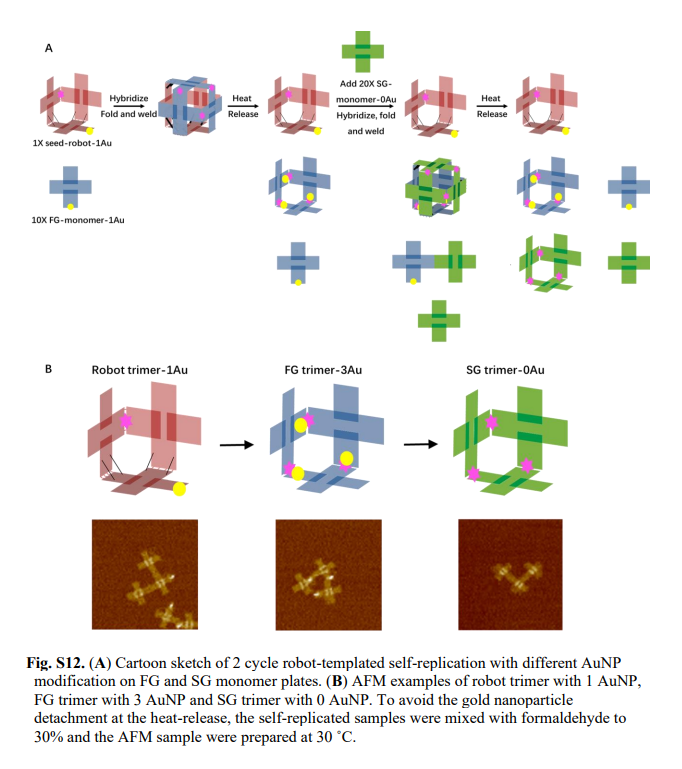
There are examples of Atomically Precise Manufacturing in nature. What will the precursor technologies be when it's finally our turn to play Lego blocks with the universe?!

Resolution:
Techniques may be added as choices if sufficiently general (multiple competing implementations) based on separate physical/chemical mechanisms (no overlap) and have some public recognition. All changes will be discussed ahead of time then logged.
Question will have deadline extended if no qualifying resolution occurs. Question will resolve to "yes" for all techniques used in the process of constructing a
"device able to guide chemical reactions by positioning reactive molecules with atomic precision."
- K. Eric Drexler
The reaction requirement excludes other interesting nanomachines such as motors, heat pumps, or manipulators. The atomically precise requirement excludes common catalyst beds. The artificial requirement rules out minor variations on ligase/polymerase based RNA and DNA synthesis.

There's also the implication of some degree of generality or active vs passive operation - a single-atom iron catalyst or a nanopore pre-filtering reactants does not count!
In general terms, qualifying resolutions should follow the spirit of science fiction and exploratory engineering. The term "molecular assembler" is used for recognition, but alternate terms like "nanofactory" qualify as long as they're clearly on a path towards general Atomically Precise Manufacturing.
Change Log:
2023-08-19 initial 7 options published
People are also trading
Already have a possible qualifier! (Paywall, but juicy supplementary materials.)

3D structure doesn't survive AF or cryo-EM microscopy, and unsure if yields are high enough to immediately scale to larger structures. Definitely meets the letter of Drexler's definition. Maybe not the spirit - it's whatever can be attached to DNA origami mats, not arbitrary atoms.
@alexkropivny To me, APM has always meant arbitrary structures with at least a subset of elements (eg building a mechanical computer purely out of carbon atoms would for sure count). I haven't read the paper but this looks to me more like DNA origami with gold atoms. It is cool that it can self-replicate though.
@ASomewhatRudeParakeet DNA origami that can't survive AFM or freezing isn't exciting compared Drexler's optimistic dreams. However, waiting for soft sci-fi to come true as-written, with no caveats or constraints, is extremely boring.
A peanut gallery with low standards gets to see more drama and action!
Image sources:
MarkIII(k) planetary gear by K. Eric Drexler simulated in NanoEngineer-1 and rendered in QuteMol. Archive of nanorex site.
Protein translation off WikiMedia. Part of larger animation. Original source unknown.